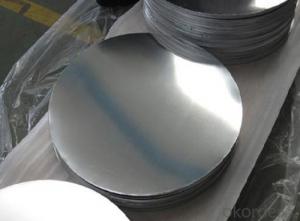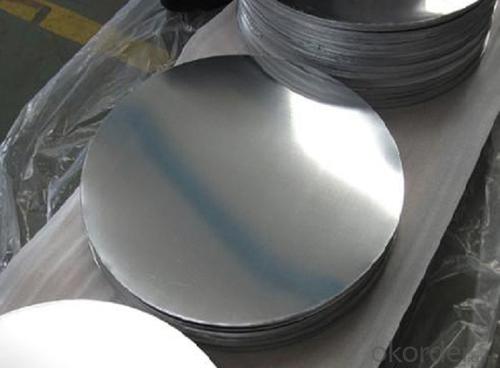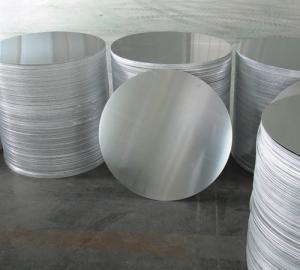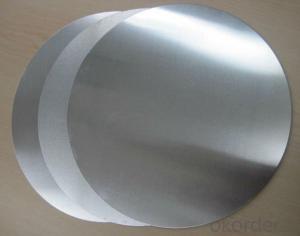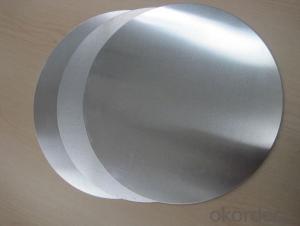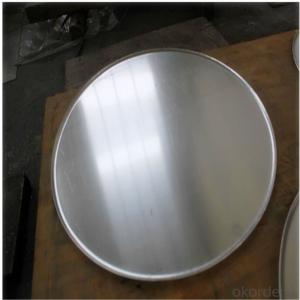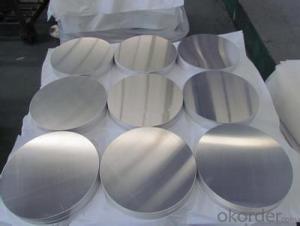Aluminum High Quality Cold Rolling Aluminum Circle for Desk of Furniture
- Loading Port:
- Shanghai
- Payment Terms:
- TT OR LC
- Min Order Qty:
- 2.5
- Supply Capability:
- 5000 m.t./month
OKorder Service Pledge
OKorder Financial Service
You Might Also Like
Specification
High Quality Cold Rolling Aluminum Circle for Desk of Furniture
l Product Introduction
Cold Rolling Aluminum Circles are widely used in furnitures like tables. But most aluminum circles clients requested are Deep Drawing Quality Aluminum Circle. These aluminum circle are widely used in kitchenware, cookware, reflector-light etc.
l Features of Aluminum Circle for Cooking Utensils
1. Wide range of selection on circles' size including customized shape and size;
2. Excellent deep drawing and spinning quality;
3. RoHS and REACH compliance.
a. Specifications of Aluminum Circle for Cooking Utensils
| Products Name | Alloy | Purity | Hardness | Specification | |
| Thickness | Diameter | ||||
| Aluminum Discs | 1050, 1070, 3003 | 96.95-99.70% | O, H12, H14 | 0.5-4.5 | 90-1020 |
b. Chemical Composition (%) for Aluminum Circle for Cooking Utensils
Alloy | Si | Fe | Cu | Mn | Mg | Cr | Ni | Zn | Ca | V | Ti | Other | Min Al |
1050 | 0.25 | 0.40 | 0.05 | 0.05 | 0.05 | - | - | 0.05 | - | 0.05 | 0.03 | 0.03 | 99.50 |
1070 | 0.25 | 0.25 | 0.04 | 0.03 | 0.03 | - | - | 0.04 | - | 0.05 | 0.03 | 0.03 | 99.70 |
3003 | 0.60 | 0.70 | 0.05-0.20 | 1.00-1.50 | 0.03 | - | - | 0.10 | - | - | - | 0.15 | 96.75 |
c. Mechanical Properties for Aluminum Circle for Cooking Utensils
Temper | Thickness(mm) | Tensile Strength | Elongation(%) |
O | 0.4-6.0 | 60-100 | ≥ 20 |
H12 | 0.5-6.0 | 70-120 | ≥ 4 |
H14 | 0.5-6.0 | 85-120 | ≥ 2 |
d. Specification Tolerances
| High Quality Cold Rolling Aluminum Circle for Desk of Furniture | |||
| Thickness(mm) | Diameter Range (D)(mm) | ||
| 0.5-4.5 | D ≤ 455 | 455< D ≤ 1000 | 1000< D ≤ 1200 |
+/- 0.079 | +/- 0.099 | +/- 0.015 | |
| The max dimension may vary according to individual specifications | |||
l Packaging & Delivery
Packaging detail: Seaworthy Export Standard Wooden Pallet
Delivery detail: About 25 days
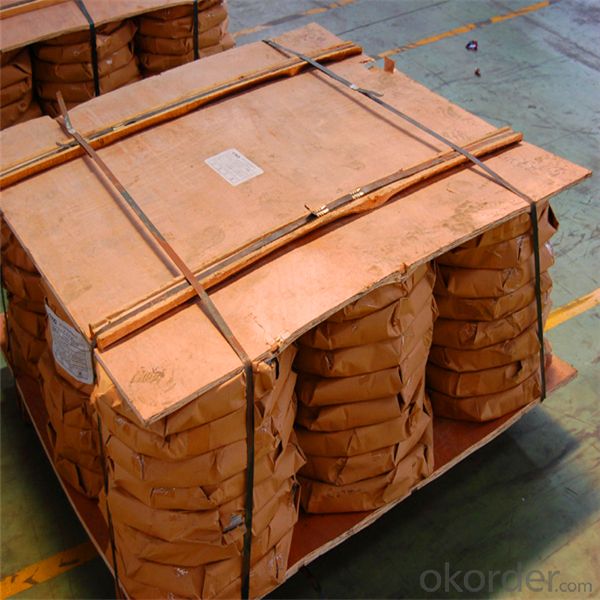
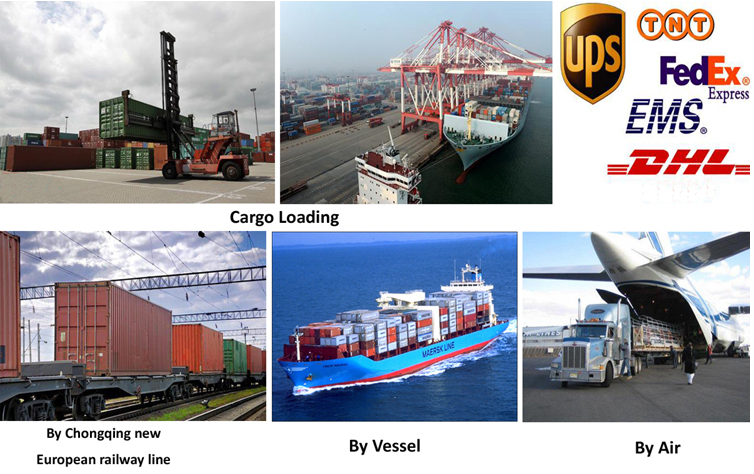
l CNBM
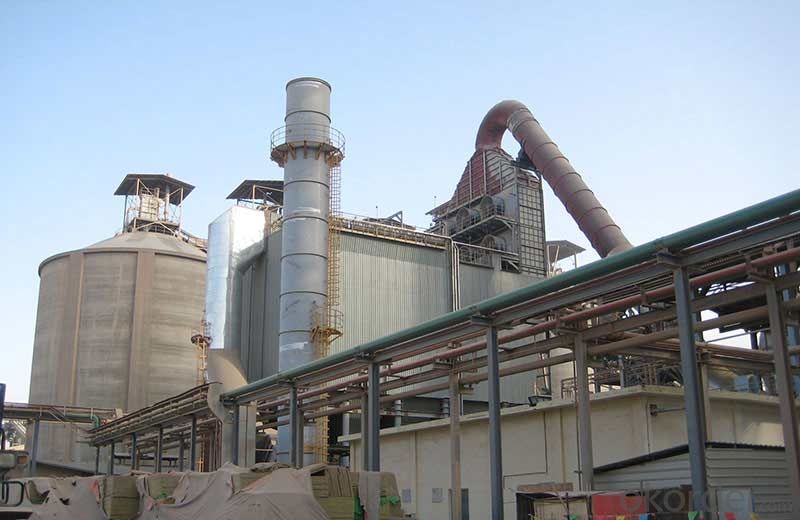
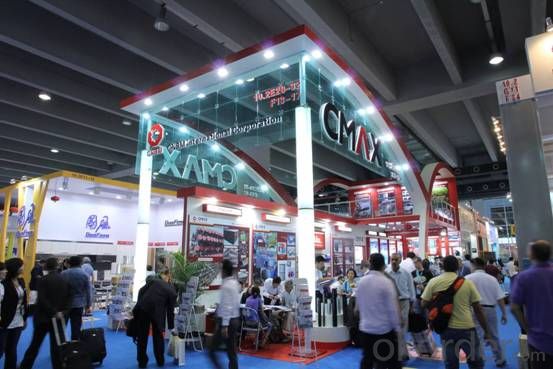
l Product Image
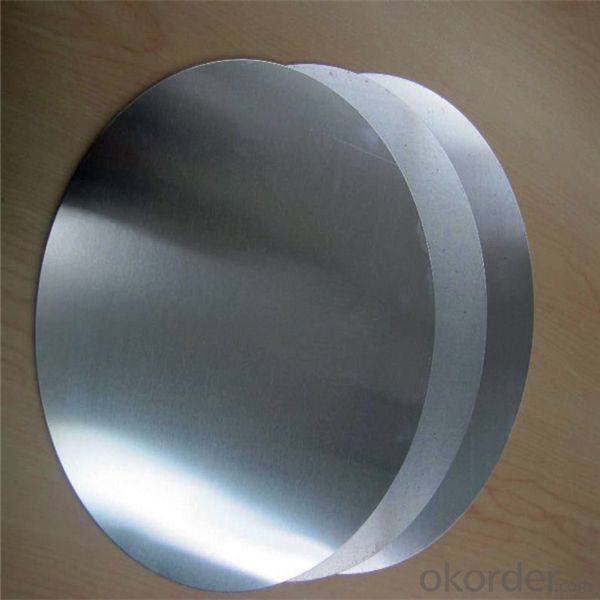
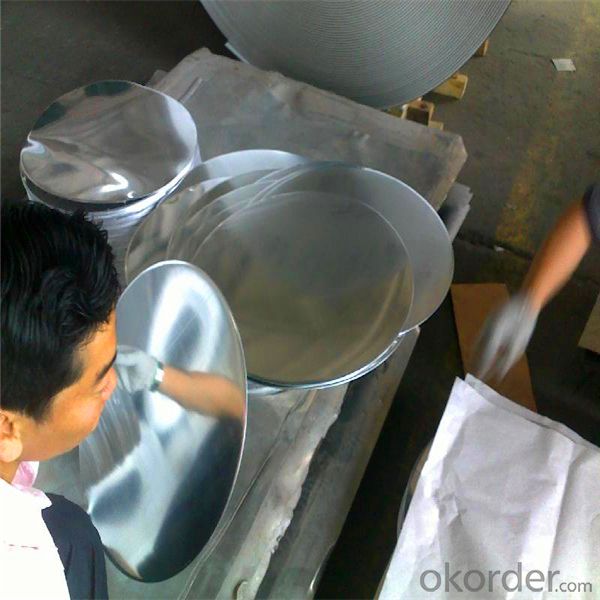
l FAQ
Q: Do you provide free samples?
A: Yes, free samples will be sent to you on freight at destination.
Q: Can I get your latest products catalogue?
A: Yes, it will be sent to you in no time.
Q: What is the MOQ?
A: 2.5 tons
Q: What are your payment terms?
A: We accept L/C, T/T.
- Q: Explain the connection between aluminum and its interaction with electromagnetic radiation.
- <p>Aluminum has a unique relationship with electromagnetic radiation due to its reflective and conductive properties. It is a good reflector of visible light and infrared radiation, which is why it is used in applications such as mirrors and reflective coatings on windows to reduce heat transfer. Additionally, aluminum's high electrical conductivity makes it an excellent shield against electromagnetic radiation, as it can absorb and reflect a significant amount of electromagnetic waves. This property is utilized in various industries, including electronics and aerospace, to protect sensitive equipment from electromagnetic interference.</p>
- Q: Describe the impact of silicon on the properties of aluminum alloys.
- <p>The addition of silicon to aluminum alloys significantly enhances their properties. Silicon increases the alloy's fluidity, which is beneficial for casting processes, leading to improved casting quality. It also raises the alloy's resistance to corrosion, particularly in marine environments. Furthermore, silicon additions can improve the alloy's mechanical properties, such as strength and hardness, without significantly compromising ductility. This makes the alloy more suitable for applications requiring wear resistance. However, it's important to note that excessive silicon can lead to a decrease in the alloy's toughness and increase the risk of hot cracking during casting.</p>
- Q: What safety measures should be taken into account while handling or working with aluminum?
- <p>When working with aluminum, it's crucial to follow safety precautions to prevent injuries and health risks. Always wear appropriate personal protective equipment (PPE) such as gloves, safety glasses, and a dust mask to protect against aluminum dust. Ensure good ventilation to avoid inhaling aluminum dust or fumes. Use proper tools and equipment to handle aluminum, as it can become sharp and cause cuts. Be cautious when welding or cutting aluminum, as it can produce harmful fumes and sparks. Store aluminum in a dry place to prevent it from reacting with moisture. Lastly, be aware of the fire hazard associated with aluminum dust and take necessary fire safety measures.</p>
- Q: This question asks about the energy consumption involved in the recycling process of aluminum.
- <p>Recycling aluminum requires significantly less energy compared to producing aluminum from raw materials. It takes about 5% of the energy needed to produce new aluminum from bauxite ore. This energy efficiency is due to the fact that recycling aluminum involves melting down the metal, which requires less energy than the extraction and refining processes involved in primary production. The exact amount of energy saved can vary depending on factors such as the purity of the recycled material and the efficiency of the recycling process, but overall, recycling aluminum is a much more energy-efficient method than mining and refining new aluminum.</p>
- Q: Is there an alternative method for recycling aluminum besides the conventional recycling process?
- <p>Yes, aluminum can be recycled in different ways. Apart from the conventional recycling process, which involves melting and recasting, there are innovative methods being explored. One such method is mechanical recycling, where aluminum is cleaned, sorted, and processed into new products without melting. Another approach is chemical recycling, which breaks down aluminum into its constituent elements and then reassembles them into new materials. These alternative methods aim to reduce energy consumption and environmental impact while still effectively recycling aluminum.</p>
- Q: This question asks about the methods used to determine the purity level of aluminum.
- <p>The purity of aluminum is typically measured using various analytical techniques. One common method is spectroscopy, which can identify and quantify the elements present in a sample. Techniques such as X-ray fluorescence (XRF) and Inductively Coupled Plasma Mass Spectrometry (ICP-MS) are used to analyze the composition of aluminum alloys and determine the concentration of impurities. Additionally, metallographic examination can reveal the presence of inclusions or other impurities that affect purity. The American Society for Testing and Materials (ASTM) and other standards organizations provide specific guidelines and methods for testing aluminum purity.</p>
- Q: Is it possible to recycle aluminum cans to create new ones?
- <p>Yes, old aluminum cans can be recycled to make new ones. The recycling process for aluminum is highly efficient and environmentally friendly. Aluminum cans are collected, sorted, and then shredded into small pieces. These pieces are melted down in a furnace, and the molten aluminum is poured into molds to create new cans. This process uses only 5% of the energy required to produce aluminum from raw materials, making it a sustainable and cost-effective method of production.</p>
- Q: I would like to ask where there is a need for these minerals? How much is it per ton?
- Where are you? Silica is found almost everywhere in China, and a ton of crushed pieces is worth 100 dollars for fire-resistant materials. It depends on whether your silica is cemented silica
- Q: Is it possible to use aluminum as a material in the construction of solar panels?
- <p>Yes, aluminum is commonly used in solar panels. It is utilized in the frame of the solar panel to provide structural support and protection. Aluminum is chosen for its lightweight, high strength, and resistance to corrosion, which are beneficial properties for outdoor applications like solar panels. It also helps in heat dissipation, which is crucial for maintaining the efficiency of the solar cells. While aluminum is not a primary component of the photovoltaic cells themselves, its role in the overall structure is significant.</p>
- Q: Describe the key differences between aluminum and stainless steel in terms of their properties and uses.
- <p>Aluminum and stainless steel are both metals with distinct properties. Aluminum is lightweight, corrosion-resistant, and has good thermal conductivity, making it ideal for applications like beverage cans, aircraft parts, and electrical wiring. It is also non-magnetic and has a lower melting point compared to steel. Stainless steel, on the other hand, is an alloy that contains chromium and is known for its strength, durability, and resistance to staining and corrosion. It is commonly used in cutlery, appliances, and construction materials. Stainless steel is heavier, stronger, and more resistant to high temperatures than aluminum.</p>
Send your message to us
Aluminum High Quality Cold Rolling Aluminum Circle for Desk of Furniture
- Loading Port:
- Shanghai
- Payment Terms:
- TT OR LC
- Min Order Qty:
- 2.5
- Supply Capability:
- 5000 m.t./month
OKorder Service Pledge
OKorder Financial Service
Similar products
Hot products
Hot Searches
Related keywords
